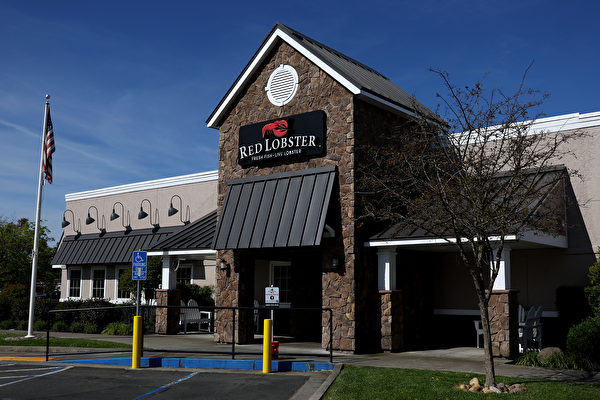In 2003, Red Lobster held an “all-you-can-eat crab” promotion, but it backfired – the restaurant chain incurred a loss of $3.3 million within seven weeks. Fast forward to 2023, Red Lobster repeated a similar promotion, this time with “unlimited shrimp” instead of crabs. Last summer, Red Lobster even made the $20 “unlimited shrimp” a formal option on its menu.
The promotion was a hit, however, Red Lobster was unprepared for the overwhelming response from customers and faced losses. The main shareholder of Red Lobster, Thai Union Group, a seafood canning company based in Bangkok, suffered a $11 million loss. A top executive of Thai Union Group remarked, “We need to be more cautious.”
The unlimited crab or shrimp was not the root cause of Red Lobster’s failure; they were just two mistakes in the long history of the leading chain. Reports suggest that Red Lobster is considering filing for bankruptcy protection, restructuring its debts, and closing some locations (it has 650 stores in the US).
Possibly due to the bankruptcy issue, Red Lobster has hired a bankruptcy restructuring expert as its new CEO. Red Lobster and Thai Union did not respond to CNN’s request for comments.
Former leaders of Red Lobster and restaurant analysts point out that the chain was plagued by a series of factors. Over the past two decades, the explosive growth of fast-food chains like Chipotle and Chick-fil-A squeezed Red Lobster’s market share.
Cornell University professor of food and beverage management, Alex Susskind, noted that Red Lobster revolutionized the way Americans consume seafood but failed to attract millennials due to insufficient investments in marketing, food quality, service, and restaurant upgrades.
Established in 1968 in Lakeland, Florida, Red Lobster was founded by southern restaurant owners Bill Darden and Charley Woodsby. The chain was acquired by General Mills shortly after its inception. By the early 1970s, Red Lobster rapidly expanded in the southern US with the backing of General Mills, becoming the first casual dining chain to advertise on network TV.
“Their motto was informal dining and affordable prices for families,” Woodsby later mentioned. Red Lobster played a crucial role in introducing seafood to the masses in regions where quality seafood was scarce.
By 1995, General Mills spun off its restaurant division into a new company, Darden Restaurants, named after Red Lobster founder Bill Darden. However, Red Lobster’s performance lagged behind its sister chain Olive Garden. In 2008, Olive Garden surpassed Red Lobster in sales, prompting Darden to focus on other brands.
Under pressure from investors, Darden Restaurants divested Red Lobster in 2013. The following year, Red Lobster was sold to private equity firm Golden Gate Capital for $2.1 billion. Red Lobster’s decision to lease restaurant properties instead of owning them added unprecedented financial strain.
Meanwhile, other fast-food chains rapidly expanded, offering lower prices, numerous locations, and online delivery options, putting pressure on casual dining establishments. As per Technomic data, the share of casual dining in the overall restaurant industry sales declined from 36% in 2013 to 31% in 2023.
Then came the “unlimited shrimp” marketing event last year. For 20 years, “unlimited shrimp” was an annual limited-time offer for Red Lobster. However, Thai Union Group saw it as an opportunity to liquidate excess shrimp inventory, turning “unlimited shrimp” into a regular menu item.
According to one former Red Lobster executive, the all-you-can-eat concept led to a series of problems due to customers staying longer, reducing turnover rate, slowing down service, and causing longer wait times.
“We expected a 20% increase in foot traffic, but the actual number was 40%,” said Thiraphong Chansiri, CEO of Thai Union. Two months later, Thai Union announced its withdrawal from Red Lobster, bearing a $530 million investment loss, attributing it to the pandemic, ongoing industry headwinds, higher rates, and rising material and labor costs.
“I don’t want to eat lobster anymore,” Chansiri stated, highlighting the changing landscape in the restaurant industry.

